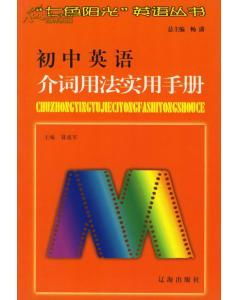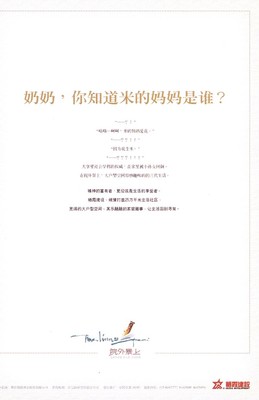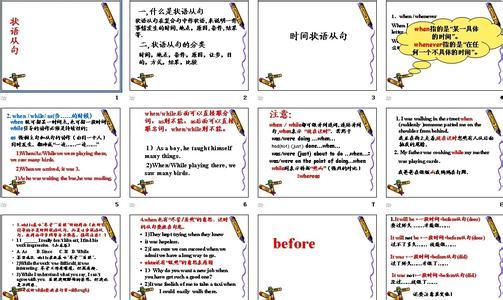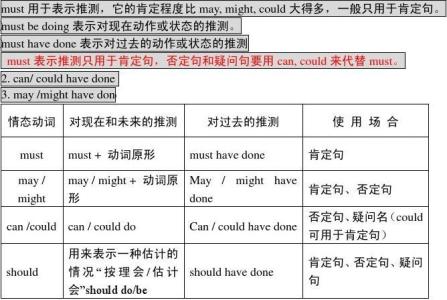1. 表示所有关系,用以构成名词的所有格,如the gate of the school(校门),the secret of success(成功的秘密),等。
注意以下正误表达:正:He is a friend of my father. 他是我父亲的一位朋友。
正:He is a friend of my father’s. 他是我父亲的一位朋友。
正:He is a friend of mine. 他是我的一位朋友。
误:He is a friend of me.
以下表达是错误的:
误:What’s the name of you?(改为…your name)
误:Do you know the father of him?(改为…his father)
误:I will show the books of me.(改为…my books)
但是以下表达却是对的(of表示动宾关系):
正:I hate the sight of him. 我讨厌看到他。
正:His criticism of her is serious. 他对她的批评是严肃 的。
2. 与 age, shape, size, colour, height, design, weight 等名词连用,可用作表语或定语;其中的介词 of 有时可省略。如:
The two boys are (of) the same height. 这两个男孩一样高。
Here is a piece of wood (of) the right size. 这有一块木头,其大小刚好适合。
When I was (of) your age, I lived in the country. 我像你这个年纪的时候,我住在乡下。
3. 与某些名词(如help, value, interest, importance等)连用,相当于形容词,可用作定语或表语。如:
It’s not of much value. 这没有多大价值。
This subject is of great interest to me. 这门学科对我来说是很有趣的。
The dictionary is of much help to the students. 这本字典对学生帮助很大。
4. 与 hear, talk, know, speak 等动词连用,表示一种间接性,大意为“涉及到”。如:
I’ve never heard of anyone doing a thing like that. 我从未听说有人做过那种事。
Mary is talking of looking for another job. 玛丽说起要另找一份工作。
I don’t know the writer, but I know of him. 我不认识这个作家,但我听说过他。
People spoke of their fear as the flood waters rose. 人们说起看到洪水上涨时的恐惧。
5. 与表示动作的名词或动名词连用,表示动宾关系。如:
The writing of the letter took me three hours. 写这封信花了我3个小时。
Loss of health is worse than loss of wealth. 失去财富比失去健康更糟。
6. 表示比较范围,意为“在……当中”。如:
Of all the choices, this is the best. 在所有选择中,这种最好。
Of the two coats, the black one is the better. 在这两件外套中,这件黑色的更好些。
7. 与 careless, clever, cruel, foolish, friendly, generous, good, impolite, kind, nice, polite, right, rude, selfish, silly, stupid, wise, wrong等表示人的品行和特点的形容词连用,用于 It’s+adj.+of sb (to do sth) 句型。如:
It was kind of him to wait. 多蒙他好心等候。
It was silly of you to believe him. 你相信他是愚蠢的。
It was foolish of me to forget. 我真蠢,竟然忘记了。
It’s unfair of him to criticize me. 他批评我是不公平的。
It was generous of him to pay us. 他付了我们钱,真慷慨。
It was selfish of him not to contribute anything. 他很自私什么也不捐。
It was careless of you to leave your camera in the taxi. 你把照相机留在计程车里实在太不小心了。
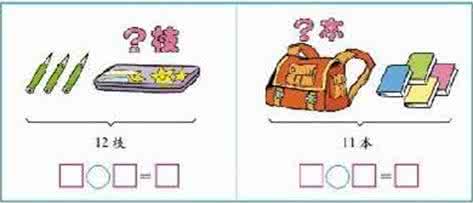
 爱华网
爱华网